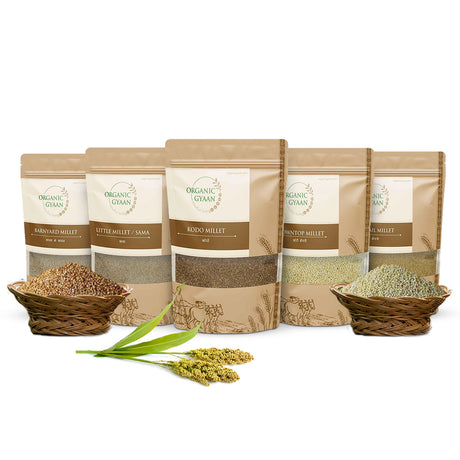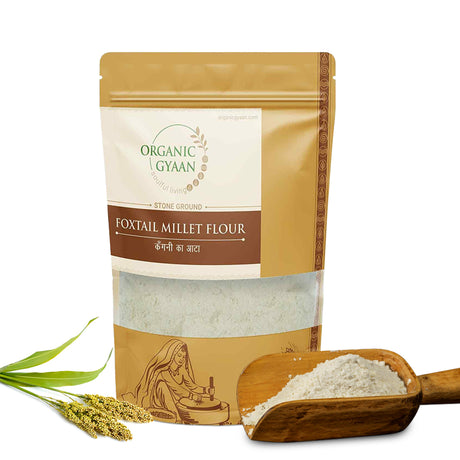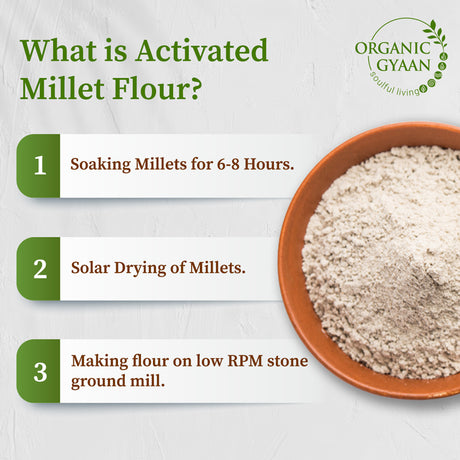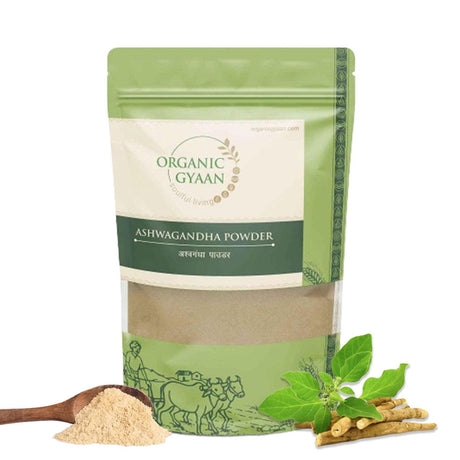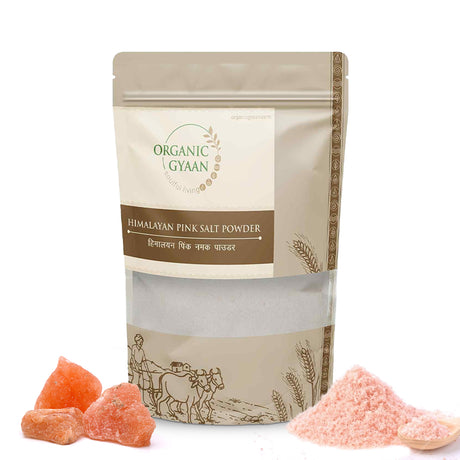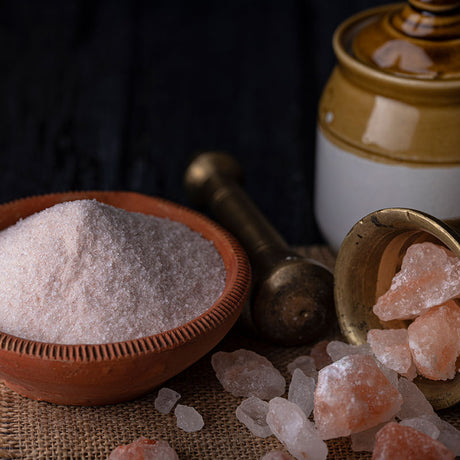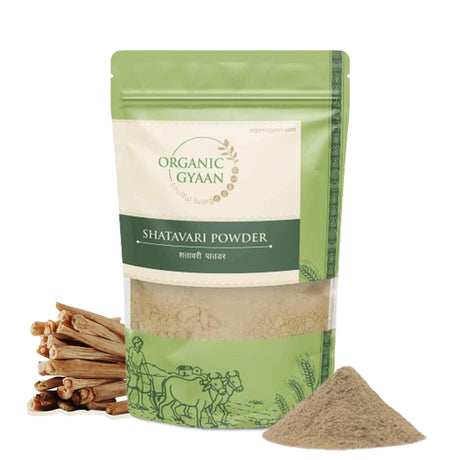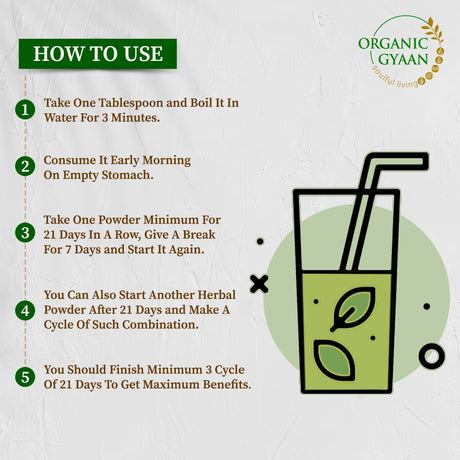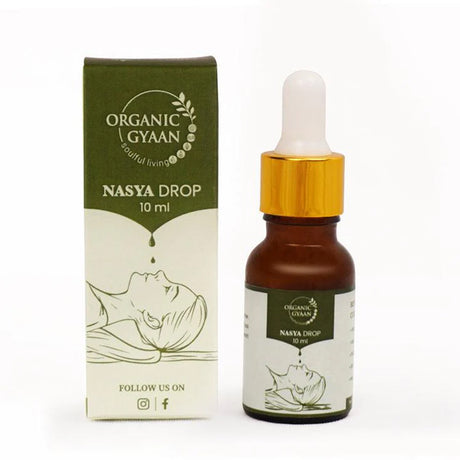Did you know, Even people without diabetes can experience sudden rises in blood sugar that affect their energy, mood, and long-term health. These short-term jumps, called blood sugar spikes, can quietly harm your heart, slow down your metabolism, and even raise the risk of type 2 diabetes.
Learning to spot blood sugar spike symptoms early can help you feel better right now and protect your health in the future. In this article, we’ll explain what these symptoms look like, why they matter, and how you can manage and prevent them—using simple, science-backed tips and natural remedies.
What is a Blood Sugar Spike?
When you eat, your body breaks down food into glucose (sugar), which enters your blood. Normally, insulin helps move that glucose into your cells for energy.
A blood sugar spike happens when your blood glucose rises too high, too quickly—often after eating foods high in refined carbs or sugar.
This isn’t just a problem for people with diabetes. Repeated spikes can:
- Make you feel tired and irritable
- Damage blood vessels
- Increase the risk of heart disease and insulin resistance
Common Blood Sugar Spike Symptoms
Here are some signs that your blood sugar might be spiking:
- Feeling very thirsty all of a sudden
- Needing to urinate more often
- Fatigue or sudden loss of energy
- Blurred vision
- Mood swings or irritability
- Headaches or trouble focusing
- Tingling in hands or feet
Some people also experience:
- Dry skin or itchiness
- Slow-healing cuts or frequent infections
- Stomach discomfort
If you notice these high blood sugar symptoms often—especially after meals—it’s time to start paying attention.
Why High Sugar Levels Matter
Short spikes might make you feel bad for a few hours. But over time, repeated high sugar levels can lead to:
- Insulin resistance (cells stop responding well to insulin)
- Type 2 diabetes
- Heart disease
- Nerve damage
Research says:
- A Stanford study (2025) found that eating protein or fiber before carbs can lower spikes, but results vary based on your metabolism.
- A Nature Medicine study showed people with more active lifestyles and diverse gut bacteria have fewer and shorter spikes.
- The CDC warns that even lack of sleep, stress, or dehydration can trigger a spike.
How to Recognize a Spike in Real Time
Here’s a simple process:
-
Pay attention to how you feel
If you notice thirst, tiredness, or irritability after eating, it could be a spike. -
Check your blood sugar
Using a glucose meter or continuous glucose monitor (CGM) can confirm. Spikes often happen about 60–90 minutes after a meal. -
Keep a food and symptom journal
Write down what you eat and how you feel. Over time, you’ll spot which foods cause trouble. -
Know your numbers
A reading above 250 mg/dL is a warning sign, and repeated readings over 240 mg/dL should be discussed with a doctor.
Simple Strategies to Reduce Blood Sugar Spikes
A. Eat Smart
- Fiber and protein first: Eating vegetables, beans, or protein before carbs slows sugar absorption.
- Add healthy fats: A drizzle of cold pressed coconut oil or a handful of nuts with meals can help.
- Choose low-GI foods: Swap white rice or bread for millets (like foxtail, kodo, barnyard), quinoa, or oats.
- Balanced breakfasts: Try eggs with veggies, yoghurt with seeds, or a millet porridge.
B. Lifestyle Habits
- Move after meals: A 15–20 minute walk can lower post-meal sugar.
- Stay hydrated: Drink enough water throughout the day.
- Get enough sleep: Poor sleep makes your body less sensitive to insulin.
- Manage stress: Deep breathing, meditation, or even gardening can help.
C. Support Your Gut Health
A healthy gut microbiome can help regulate blood sugar. Include:
- Fermented foods (Ambali, curd, kimchi, sauerkraut)
- High-fiber foods (leafy greens, flax seeds, chia seeds)
D. Natural Remedies & Traditional Support
From a holistic perspective, you can try:
- Cinnamon – may help improve insulin sensitivity
- Fenugreek seeds – often used to support healthy sugar levels
- Herbal powders like Ashwagandha or Triphala – for stress management and digestion
- Cold-pressed oils (like sesame or coconut) – for healthier cooking and better fat quality
These natural aids, along with healthy eating, can help keep your blood sugar steady.
Quick Actions if You Notice a Spike
If your blood sugar suddenly goes up:
- Drink water to help flush out excess sugar
- Take a gentle walk to help muscles absorb glucose
- Eat something high in fiber or protein to slow further rises
- If you have diabetes, follow your doctor’s advice for medication or insulin adjustments
A Sample “Spike-Friendly” Day Plan
Morning:
- Millet porridge with nuts and seeds
- Herbal tea without sugar
Mid-morning snack:
- Handful of almonds + a piece of fruit
Lunch:
- Plate of cooked veggies + lentils or chickpeas
- Small portion of brown rice or millet
Evening:
- Herbal tea with a small ladoo made from jaggery and millets
Dinner:
- Light vegetable soup + grilled tofu
- No refined carbs close to bedtime
When to See a Doctor
Seek medical help if you:
- Experience frequent spikes
- Have blood sugar readings above 250 mg/dL often
- Notice symptoms like numbness, blurred vision, or slow-healing wounds
Early intervention can prevent long-term problems.
Conclusion
Blood sugar spike symptoms, such as thirst, tiredness, and blurred vision, should never be ignored, as they can signal underlying imbalances in your body. When high sugar levels occur repeatedly, they can cause long-term harm to your health, increasing the risk of serious conditions like diabetes and heart disease.
The good news is that you can manage and even prevent these spikes through mindful food choices, regular movement, effective stress control, proper hydration, and the use of natural remedies. Even small daily habits—like eating fiber before carbs or taking a short walk after meals—can make a significant difference in keeping your blood sugar stable and your overall health on track.

